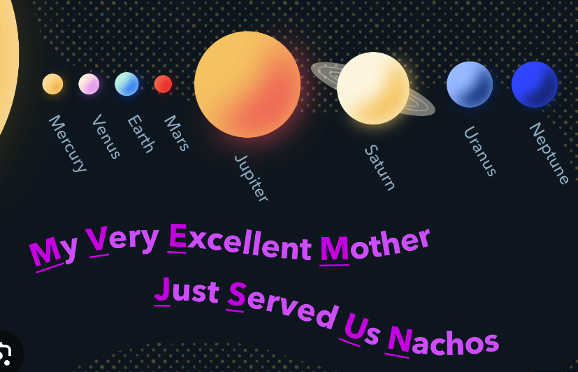St.Michael's College

Create Your Own Notes And/Or Mind-Maps, Diagrams etc.
Now you have your schedule organised, it is time to pick a subject, select a topic and begin to revise. The following strategies will help you find a style that suits you best. Sometimes you will find a particular approach suits a specific subject better. Try out some of the methods suggested below and see how you get on.
1. Reviewing your knowledge of a topic before you start revising.
K-W-L charts are graphic organizers that help students organize information before, during, and after a unit or a lesson. They can be used to engage students in a new topic, activate prior knowledge, share unit objectives, and monitor students’ learning. There are three columns in a K-W-L chart. The K column is first and represents what students already “Know” about a topic. The W column comes second and asks students what they “Want” to know about the topic. Finally, the L column asks students, What did you Learn? Click the icon or video below for more ideas.
2. Reading and taking notes on a chapter – The SQ3R Method.
SQ3R is a reading comprehension method named for its five steps: survey, question, read, recite, and review. Follow the steps below to learn how to gather and understand as much information as possible from your textbooks and notes. Remember: The information you gain from reading is important. If you just “do it,” without learning something, you’re wasting a lot of your time. Train your mind to learn while reading with SQ3R. Here is a short video explaining how it works! Click the icon or video below for more ideas.
3. Mind-Mapping.
A mind map is a kind of framework. It is a way of helping you to organise, visualise and summarise. Its purpose is to give you a better way to store information on one page. Many topics can be studied and revised easier and more meaningfully by making a mind map. Mind maps can be made by hand or by using a special program on the computer. They are a colourful and visual way to consolidate your notes on a topic and shrink 4-5 pages of notes down to a large colourful diagram. Mind maps can be used to: take notes in class, take notes from a textbook, find main ideas, plan an essay for homework or in an exam, revise for exams, work through problems, brainstorm ideas. Click the icons below for more ideas.
4. The Cornell Note-Taking Method.
This might be more useful for Senior Cycle students and is a great way to cover a lot of information, especially listening to teachers in class and reviewing their notes. Click the icons or video below for more ideas.
5. Acronyms and Mnemonic Devices.
Easy memory tricks to use before a test – These can help reduce information to a flashcard sized few points. They are like a ‘key' that will hopefully open up all the more detailed information on the topic that is stored in the memory banks. An acronym is a combination of letters that can be used to help you memorise a term or concept. You can combine the first letter of each word of a compound term or idea to spell a word that is easy to recall. One of the most common acronyms people use every day is ASAP, which stands for as soon as possible.
In order to remember the order of items in a series, some students create sayings that begin with the first letter of each item in that series. This is a Mnemonic: A basic example is the saying that younger students use to remember which order north, east, south, and west appear on a compass: Never Eat Soggy Worms. Notice how the first letter of each term correlates with the order or direction on a compass. You can come up with personal and creative ways to use mnemonic devices to study for a test. Create something that is useful and easily memorable to you.

6. Hide-Write-Compare – Testing Yourself.
You may have used this study method when you were young and learning how to spell. You probably looked at a word, covered it, tried to write it correctly yourself, and then compared it with the correctly written word. While this seems like a simple method often used at the elementary level, it is a useful study tool at the college level. For example, after you have read a chapter in your textbook and written down all the important terms, you can test your knowledge to see if you remember them. Cover up the definition of each term and try writing it again from memory, or reciting it out loud. When finished, compare your answer with the correct definition. You may also find flashcards useful for this type of memorization. Creating them will give you an opportunity to review the material, and then you can categorize them based on the ones you know well, and the ones you need to review more. Repetition is the key to building memory.
7. Taking Practice Tests and Answering Practice Questions.
You have an exam to take to show off all your knowledge, so you may as well practice for it. Not only will this test your knowledge, but it will help you work on your timing, figure out the layout of the exam paper and familiarise yourself with the kind of questions that can be asked. This is where class tests, past exam papers and homework question sheets come in useful. You should time yourself when taking revision tests and then work with a friend or ask your teacher to mark your work to see how you did.

St.Michael's College, Ailesbury Road, Dublin D04A373
Ph: 2189400 / e-mail: admin@stmc.ie





